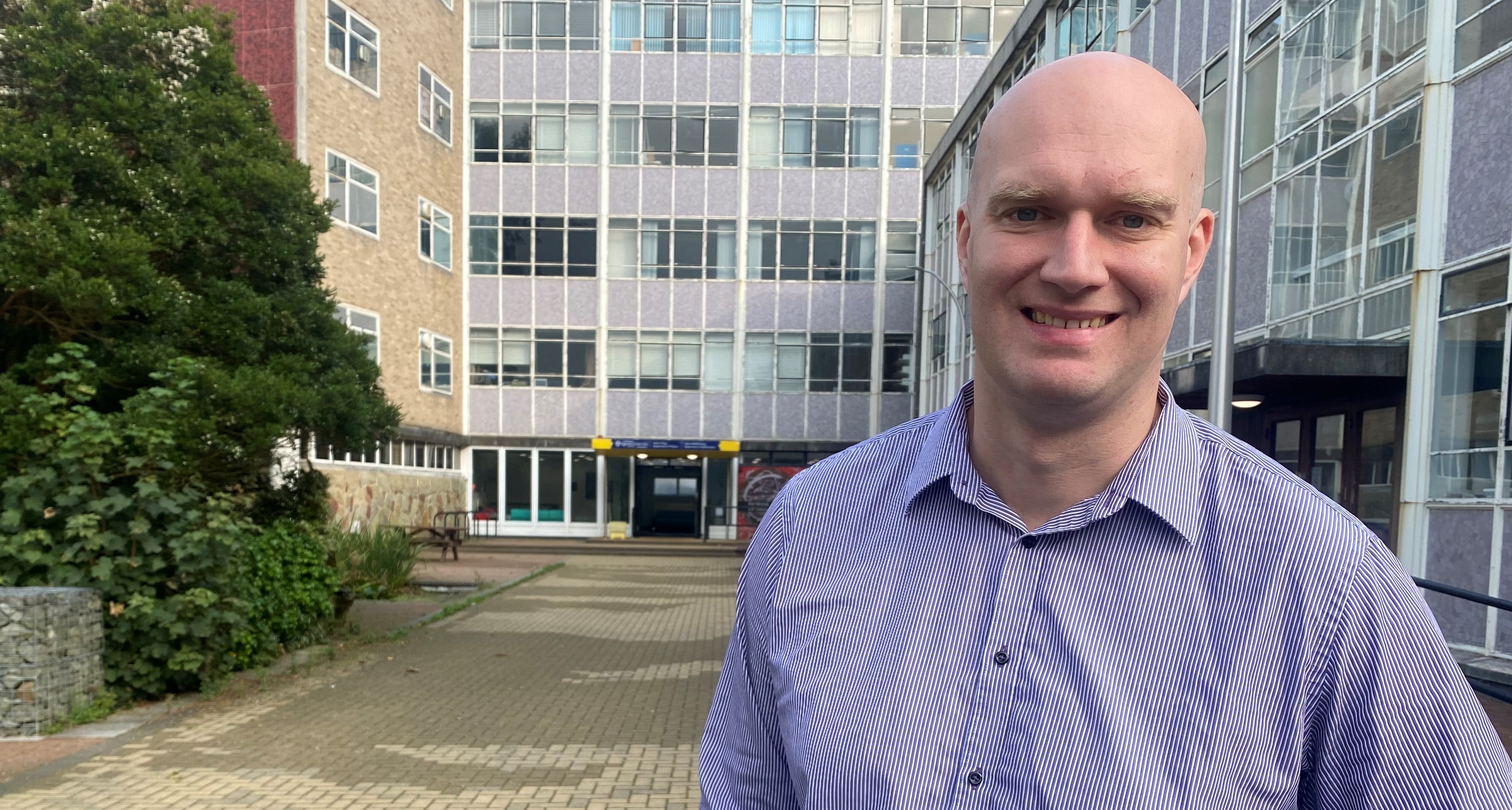Cluster’s last stand: Aberystwyth scientist marks demise of pioneering space mission

Dr Owen Roberts worked as a research fellow on Cluster at ESTEC, ESA’s European Space Research and Technology Centre in the Netherlands.
06 September 2024
A multi-spacecraft mission, which has helped scientists around the globe to better understand and predict space weather, will come to an end on Sunday (8 September) after almost 25 years.
Salsa, the first of the European Space Agency’s Cluster satellites will re-enter the Earth’s atmosphere over the South Pacific.
Not much of the 550kg satellite is expected to endure with most fragments burning up around 80km above the Earth’s surface.
It will be a bitter-sweet moment for members of Aberystwyth University’s Space Physics Group, who have used Cluster’s data to inform their space research since the mission was first launched in the year 2000.
Originally destined to last only two years, the four satellites of the mission have defied expectations and thanks to ingenious manoeuvres and power management, have succeeded in sending data back to Earth for 24 years.
Dr Owen Roberts worked as a research fellow on Cluster at ESTEC, ESA’s European Space Research and Technology Centre in the Netherlands, after completing his PhD at Aberystwyth University.
He returned to Aberystwyth as a Lecturer in the Department of Physics in early 2024 and continues to use data collected by Cluster for his research.
According to Dr Roberts, Cluster paved the way for other missions, including NASA’s MMS (Magnetospheric Multiscale Mission) mission launched in 2015 with four identical space crafts, and the HelioSwarm mission which is due for launch in 2029 with its 9 satellites.
“Cluster has been used by scientists across the world and even now, with more sophisticated missions, some of the
instruments on board Cluster have proved better for analysis of the solar wind.
“Cluster has enriched our understanding of space weather and its effects on Earth, and on a personal level it enabled me to work out the nature of the magnetic waves in the plasma that flows out from the Sun in the form of the solar wind.”
“Watching its demise will be a bitter-sweet experience, but the science goes on; and we will continue to work with the data collected by the mission.”
Dr Roberts expects to publish an academic paper before the end of this year based on data provided by Cluster.



